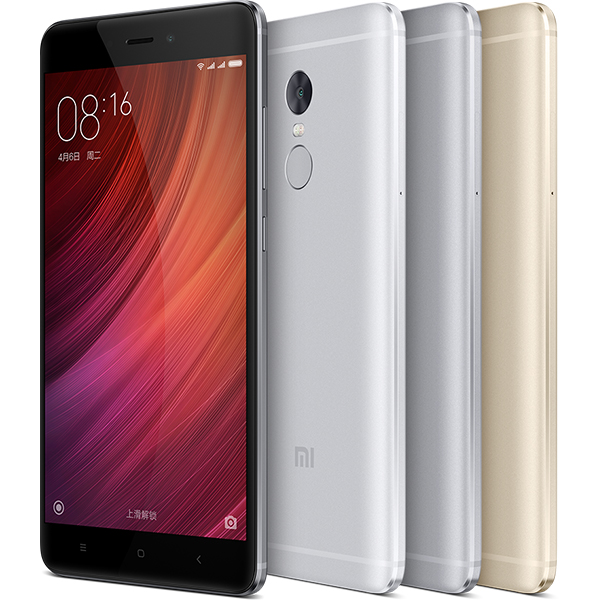Even since the first Redmi came to the market, it successfully attracted a large number of young people during the past 3 years. With the Redmi Note 4, Xiaomi should continue its success in attracting users looking for premium features at an affordable price (Check price on Amazon).
Like the Redmi Note 3, the Redmi Note 4's package is simply marked with the Xiaomi Note 4 name and pictures of 3 different colored Redmi Note 4 models.
The Redmi Note 4 supports 2 SIM cards at once and in China can be used with all 3 telecom operators: China Mobile, China Unicom and China Telecom.
You will see the Redmi Note 4 as soon as you open the box. The user menu, power adapter, and USB Type-A to micro USB cable are placed underneath the phone.
The charger provides 5 volts @ 2 amps to the Redmi Note 4. The Redmi Note 4 does not support USB Type-C which is only found on Xiaomi's higher end models like the Xiaomi Mi 5.
Right behind the user menu, Xiaomi provides a small tool to push out the SIM card holder.
The SIM card holder is on the left side of the Redmi Note 4 and is designed to support 2 out of the following 3 cars- 1 micro SIM card, 1 nano, and/or 1 microSD card.
To prevent the user from inserting the card holder into the wrong direction, there's a helpful notice printed on the upper layer.
The micro-B USB port is located on the bottom of the phone, located between the speakers holes.
As with many smart phone designs, the volume adjustment and power buttons are placed on the right side of the Redmi Note 4.
The 3.5mm audio jack, infrared remote output, and microphone are placed on the top side of the Redmi Note 4.
The fingerprint identification module is on the backside of the phone, below the camera and flash lamp. That allows the user to easily touch and identify themselves with the index finger while holding the phone.
We will be testing the Redmi Note 4 (Check price on Amazon) with various accessories to see how well they work together.
 GTrusted
GTrusted





















